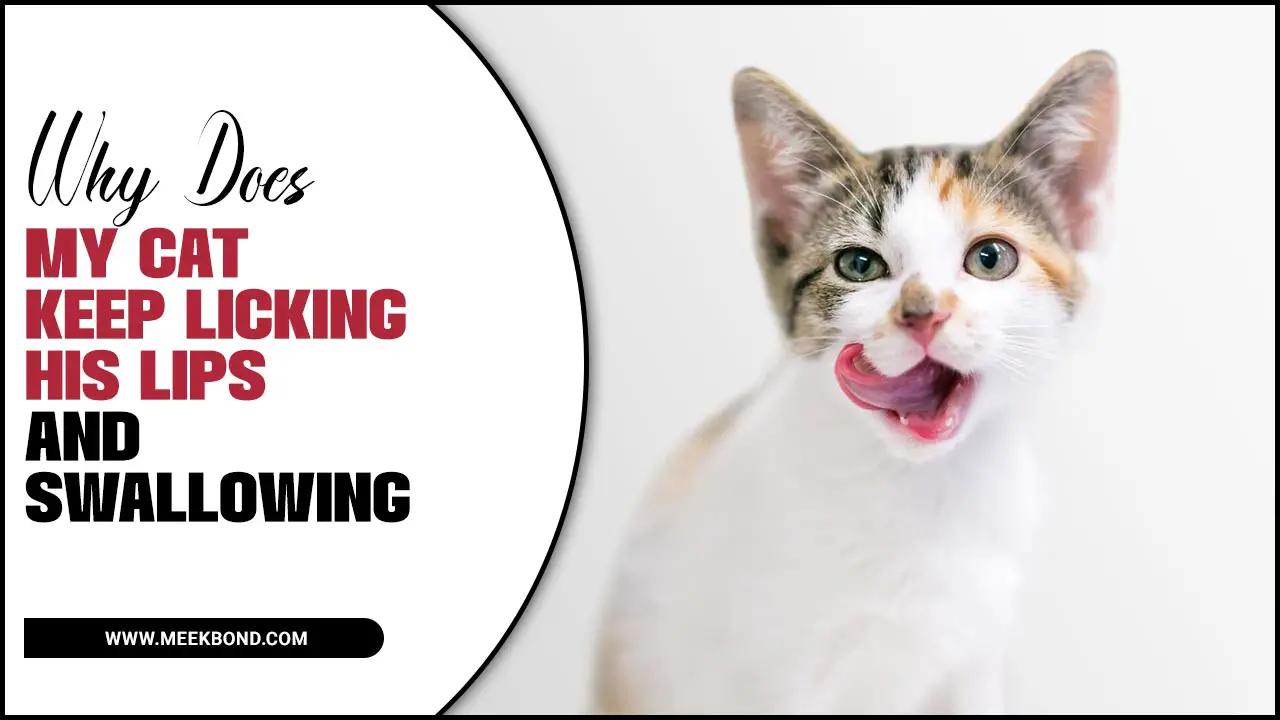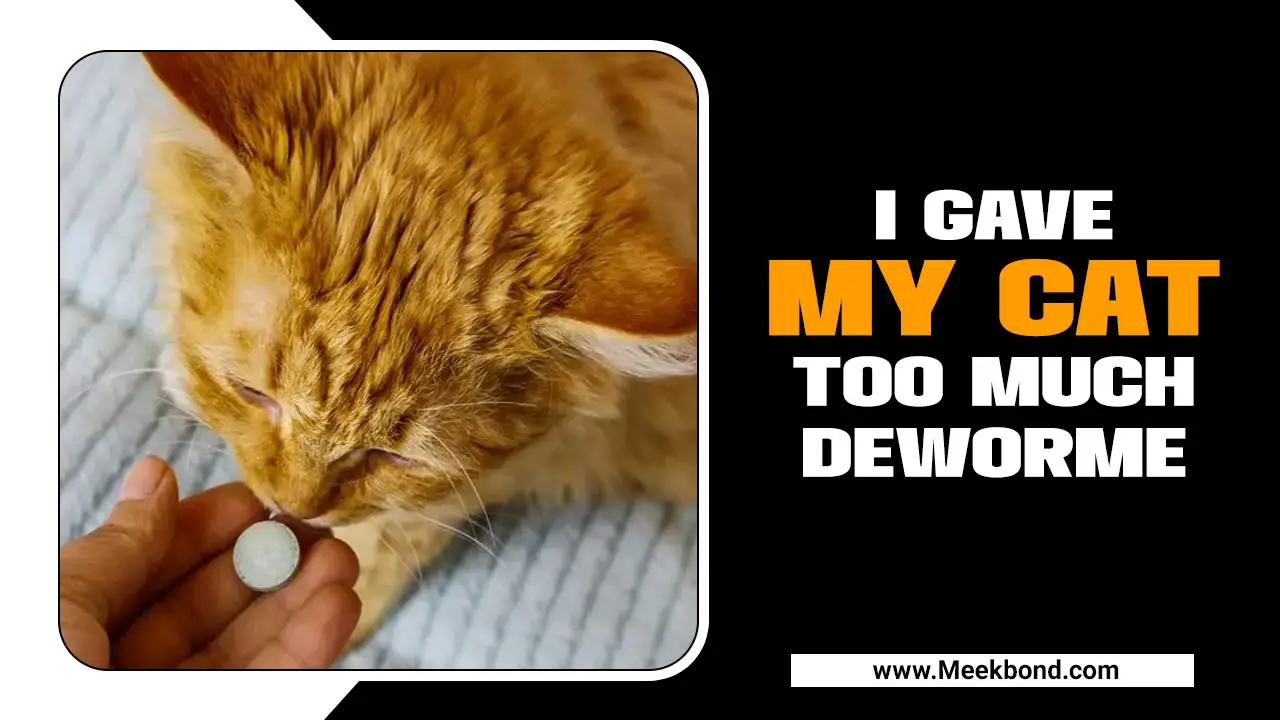My spayed cat looks pregnant, and it can be concerning and confusing. However, it is important to remember that a spayed cat cannot physically become pregnant.
There could be several reasons why your cat appears to have a swollen belly or increased weight. We will explore them in detail. From false pregnancy to hormonal imbalances and even uterine remnants, we will delve into all the potential causes of this phenomenon.
We will also explain how to differentiate between a pregnant cat and one who simply appears to be so due to weight gain or other factors. We will discuss the long-term effects of false pregnancy in cats and what steps you can take to ensure their continued health and well-being.
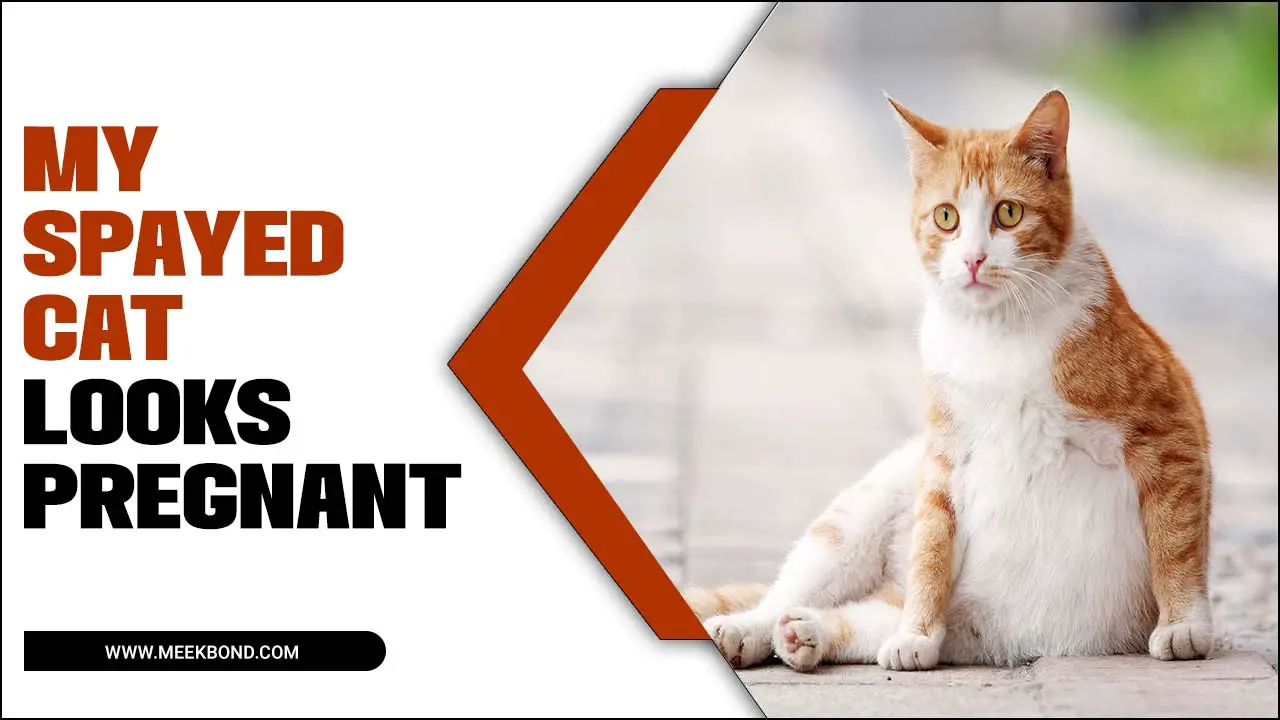
What Is False Pregnancy?
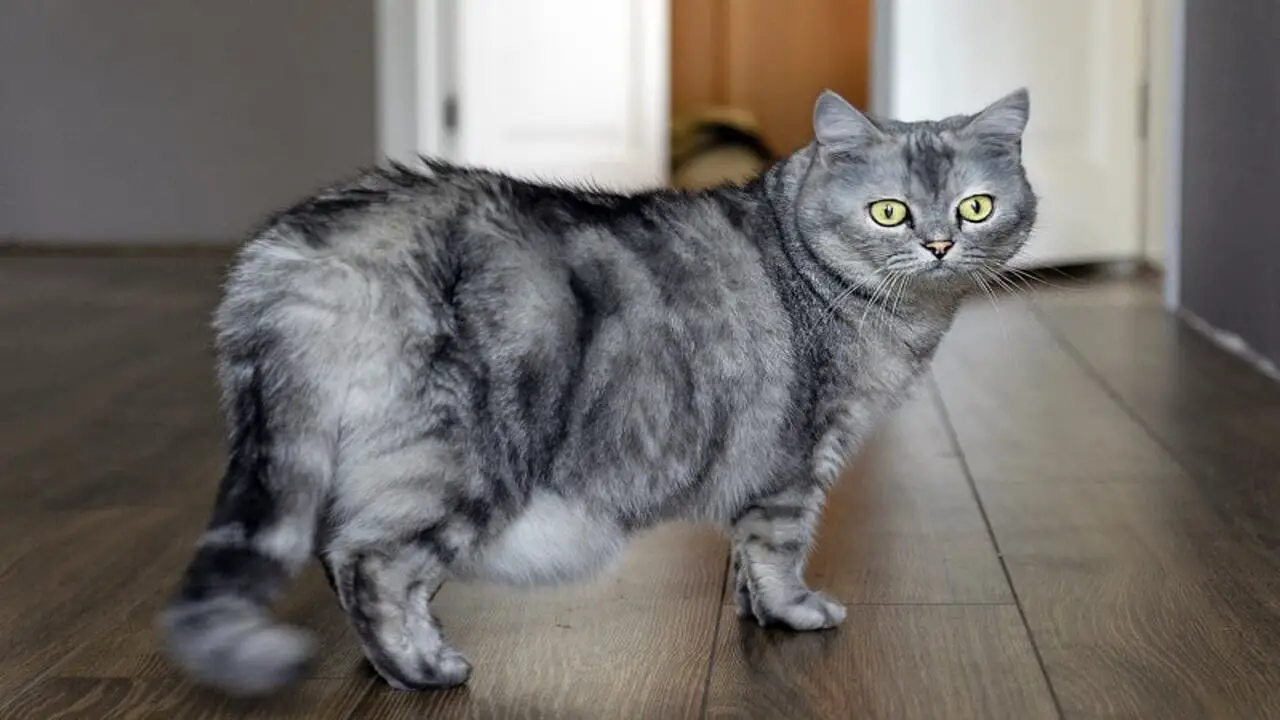
If your spayed cat appears to be pregnant, it is possible that she is experiencing a condition called false pregnancy. False pregnancy, also known as pseudopregnancy or pseudocyesis, is a condition where a female cat displays signs of being pregnant even though she is not.
This can include nesting, nursing imaginary kittens, and an enlarged abdomen. Hormonal imbalances are thought to cause false pregnancy in cats and can occur even after the cat has been spayed. While false pregnancy is not harmful to the cat, it is important to monitor her closely and consult a veterinarian if you have any concerns about her health or well-being.
Why Does My Spayed Cat Looks Pregnant? – The 5 Reasons
If your spayed cat looks pregnant, it may be due to “phantom pregnancy” or pseudopregnancy. This is a common phenomenon in female cats, where they exhibit signs of pregnancy despite not being able to conceive. The exact cause of phantom pregnancy is not fully understood, but it is believed to be related to hormonal imbalances.
During a phantom pregnancy, your cat may display behaviors such as nesting, mammary gland enlargement, and even producing milk. While this condition is generally harmless and will resolve on its own within a few weeks, it is always best to consult with your veterinarian to rule out any other potential health issues and ensure the well-being of your furry friend. Here are 5 reasons my spayed cat looks pregnant.
False Pregnancy In Cats
False pregnancy, also known as pseudopregnancy or phantom pregnancy, can occur in spayed cats. This condition happens when a cat’s body undergo hormonal changes that mimic pregnancy symptoms, even though she is not pregnant. Some common signs of false pregnancy in cats include swollen mammary glands, nesting behavior, and even milk production.
While false pregnancy is generally harmless and will resolve independently within a few weeks, it is important to monitor your cat’s condition and consult your veterinarian if you have any concerns. Your vet can guide managing the symptoms and ensuring your cat’s well-being during this time.
Weight Gain After Spaying
Weight gain after spaying is not uncommon in cats. This can be due to various factors, including changes in hormone levels and decreased activity levels. After spaying, cats may experience a decrease in their metabolism, which can lead to weight gain if their caloric intake is not adjusted accordingly.
Additionally, some cats may experience an increase in appetite after surgery, which can also contribute to weight gain. If you notice that your spayed cat is gaining weight, it is important to consult with your veterinarian to rule out any underlying health issues and to develop a plan for managing her weight. This may include adjusting her diet, increasing her exercise, or implementing other lifestyle changes to help her maintain a healthy weight.
Hormonal Imbalance After Spaying
It is common for spayed cats to develop a hormonal imbalance that can cause them to appear pregnant. This is popular as pseudopregnancy or false pregnancy. After spaying, the cat’s hormone levels may fluctuate, increasing mammary gland development and milk production.
The cat may also exhibit nesting behaviors and become more protective of her abdomen. While this condition is typically harmless and resolves independently within a few weeks, it is always best to consult a veterinarian to rule out any other underlying health issues and receive appropriate guidance on managing the symptoms.
Uterine Remnants After Spaying
After spaying a cat, small pieces of the uterus can remain, leading to uterine remnants. These remnants can cause hormonal fluctuations in spayed cats and result in false pregnancy symptoms. While veterinarians remove the ovaries and uterus during spaying, they may sometimes leave behind some tissue.
This can happen due to variations in surgical technique or unusual anatomical structures. Uterine remnants can produce hormones like progesterone, typically associated with pregnancy. This hormonal imbalance can trigger changes in the reproductive tract, mimicking pregnancy symptoms.
If your spayed cat looks pregnant, it’s essential to consult a veterinarian. They can thoroughly examine to determine if uterine remnants are the cause. The vet may also recommend an ultrasound to confirm the presence of these remnants. Sometimes, the only way to fully resolve the issue is through a second surgery called an ovariohysterectomy, which involves removing any remaining uterine tissue. It’s important to address this condition promptly to prevent further complications.
Remember, if your spayed cat exhibits false pregnancy symptoms, such as nesting behavior or lactation, it’s crucial to rule out other potential causes, such as mammary gland tumors or infections. Your vet will guide you through the diagnosis and necessary treatment options to ensure the well-being of your furry companion.
Abdominal Swelling After Spaying
Abdominal swelling after spaying can cause concern for many cat owners. While it may seem alarming, it is a normal part of the healing process. During the spaying surgery, the veterinarian will make an incision in the abdomen to remove the reproductive organs.
This incision will then suture closed. The swelling occurs due to the body’s natural response to the surgery, sending extra blood flow and fluids to the area to aid healing. This swelling will often subside within a few days or weeks. However, if you notice any signs of infection or if the swelling does not go down after a few weeks, it is important to consult with your veterinarian for further evaluation and treatment.
Why Does My Cat Look Pregnant But Is Not?
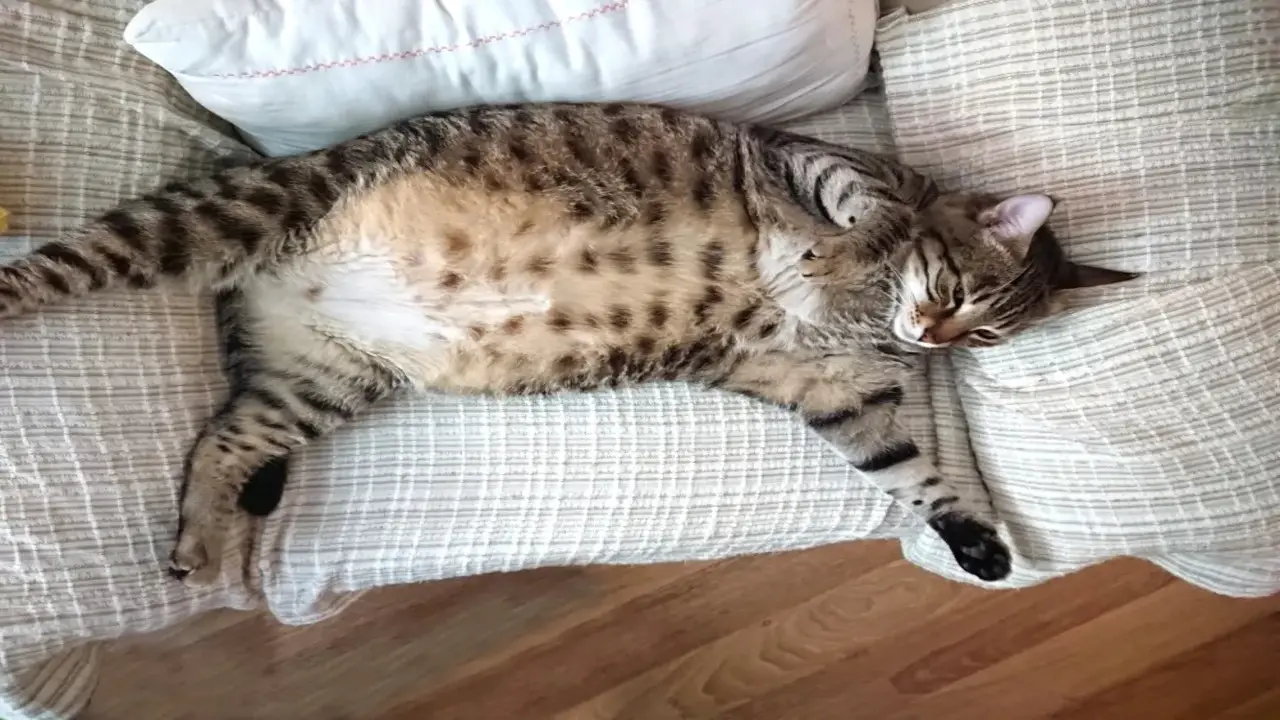
Seeing your spayed cat looking pregnant can be confusing and concerning, especially if you think that spaying prevents pregnancy. However, there are several reasons why a spayed cat may appear pregnant. One possible explanation is weight gain. Like humans, cats can gain weight if they consume more calories than they burn, leading to a distended belly.
Another possibility is pseudopregnancy, where a cat’s body mimics the signs of pregnancy even though she is not. This can cause her abdomen to swell and her mammary glands to enlarge. Hormonal imbalances or psychological factors may contribute to pseudopregnancy. If you are concerned about your cat’s appearance or behavior, it is always best to consult a veterinarian who can provide an accurate diagnosis and appropriate treatment.
What If She Is Pregnant At The Time Of Spay?
If your cat appears pregnant after being spayed, it can cause concern. While it is extremely rare for a spayed cat to become pregnant, there have been cases where the surgery was performed while the cat was already pregnant.
If this is the case, it is important to consult with your veterinarian as soon as possible. They will be able to determine if your cat is pregnant or if another underlying medical issue is causing her abdomen to appear swollen. Regardless of the cause, it is always best to seek veterinary advice to ensure the health and well-being of your furry friend.
How To Tell If A Cat Is Pregnant Or Fat?
If your spayed cat appears pregnant, it is important to determine whether she is pregnant or has simply gained weight. Examining her belly is one way to differentiate between pregnancy and weight gain. A pregnant cat’s belly will feel firm and rounded, while an overweight cat will have a softer, more uniformly distributed fat layer.
Another indicator is the presence of mammary gland development. Pregnant cats often have enlarged and pink nipples, whereas overweight cats typically do not show these signs. If you are still unsure, it is best to consult your veterinarian, who can perform a thorough examination and provide an accurate diagnosis.
Diagnosis Of False Pregnancy In Cats
If your spayed cat appears to be pregnant, it could be a case of false pregnancy. False pregnancy, also known as pseudopregnancy or pseudo-pregnancy, is a condition where a female cat exhibits symptoms of pregnancy despite not being pregnant. This can include behavioral changes, nesting behavior, and even the development of mammary glands.
While false pregnancy in cats is not uncommon, it can be concerning for pet owners. If you suspect that your spayed cat is experiencing false pregnancy, it is important to consult with your veterinarian for a proper diagnosis. They will be able to rule out any other potential medical conditions and provide guidance on how to manage the symptoms and provide comfort for your cat during this time.
Treatment Of False Pregnancy In Cats
False pregnancy, also known as pseudopregnancy, can occur in spayed cats and cause them to exhibit behaviors that mimic those of a pregnant cat. While it may be concerning to see your spayed cat looking pregnant, it is important to remember that false pregnancy is a natural hormonal response and does not pose any health risks to your cat.
In most cases, false pregnancy symptoms will resolve independently within a few weeks. However, if your cat is experiencing discomfort or the symptoms persist for an extended period, it is recommended to consult your veterinarian. They can guide how to manage the symptoms and ensure the well-being of your cat.
Recovery Of False Pregnancy In Cats
False pregnancy, also known as pseudopregnancy, can occur in spayed cats and is characterized by physical and behavioral changes that mimic those of a pregnant cat. While seeing your spayed cat exhibiting signs of pregnancy may be concerning, it is important to remember that false pregnancy is a relatively common condition that usually resolves independently without medical intervention.
The recovery process for false pregnancy in cats typically involves monitoring the cat’s behavior and providing comfort and reassurance. It is advisable to consult with a veterinarian if you have any concerns or if the symptoms persist for an extended period of time.
What Are The Long-Term Effects Of False Pregnancy In Cats?
False pregnancy, also popular as pseudopregnancy, can occur in spayed cats and is characterized by symptoms that mimic a real pregnancy. While the exact cause of false pregnancy in cats is unknown, it is believed to be related to hormonal imbalances.
The long-term effects of false pregnancy in cats can vary depending on the individual cat and the severity of their symptoms. In some cases, false pregnancy may resolve independently without any long-term consequences.
However, false pregnancy can lead to complications such as mammary gland enlargement or infection in more severe cases. It is important to consult a veterinarian if your spayed cat appears pregnant or exhibits symptoms of false pregnancy, as they can guide how to manage the condition and ensure your cat’s health and well-being.
Conclusion
If your spayed cat looks pregnant, it could be due to a condition called false pregnancy. This occurs when hormonal imbalances after spaying cause the cat’s body to mimic pregnancy symptoms. Other factors such as weight gain, uterine remnants, and abdominal swelling can also affect appearance.
It’s important to consult your veterinarian to rule out any potential health concerns and determine the best course of action. Remember, false pregnancy is common in cats and has no long-term effects on their health. We hope you now understand my spayed cat looks pregnant.
Frequently Asked Questions
Why Does My Cat Look Pregnant After Spaying?
After being spayed, some cats may experience hormonal changes that can cause their abdomen to appear swollen, giving them a pregnant appearance. This is a normal occurrence and should not be a cause for concern. The swelling and weight gain should subside within a few weeks. However, it’s always best to consult your veterinarian if you have concerns about your cat’s health.
Why Does My Cat Look Pregnant But Is Not?
A spayed cat may have a distended abdomen even though it cannot become pregnant. This could be due to weight gain or other medical conditions like fluid buildup or tumors. Consulting with a veterinarian is crucial to determine the cause and appropriate treatment options.
What Can Be Mistaken For Pregnancy In Cats?
Some conditions that can be mistaken for pregnancy in cats include false pregnancy, tumors, and fluid accumulation in the abdomen. It’s important to consult a veterinarian for an accurate diagnosis to determine the underlying cause of the symptoms. Treatment options will vary based on the specific condition.
What Can Cause A Cat To Look Pregnant?
There are several reasons why a spayed cat may look pregnant. Weight gain, hormonal changes, and abdominal fat accumulation can contribute to this appearance. It’s important to consult a veterinarian for an accurate diagnosis and appropriate treatment. Regular exercise and a healthy diet can help prevent weight gain and reduce the risk of health issues in cats.
What If She Is Pregnant At The Time Of Spay?
Additional surgical procedures may be necessary if your cat is pregnant during the spay procedure. It’s crucial to inform your veterinarian beforehand if you suspect pregnancy. Spaying should not be done during the first or last trimester. Your vet will guide you on the best course of action in case of a pregnant cat scheduled for spaying.

Aquarium passion is all about connecting with the aquatic life and providing education to the public on the importance of these creatures. We showcase a wide variety of marine life through our exhibits as well as working with schools to provide unique learning opportunities for students of all ages.



